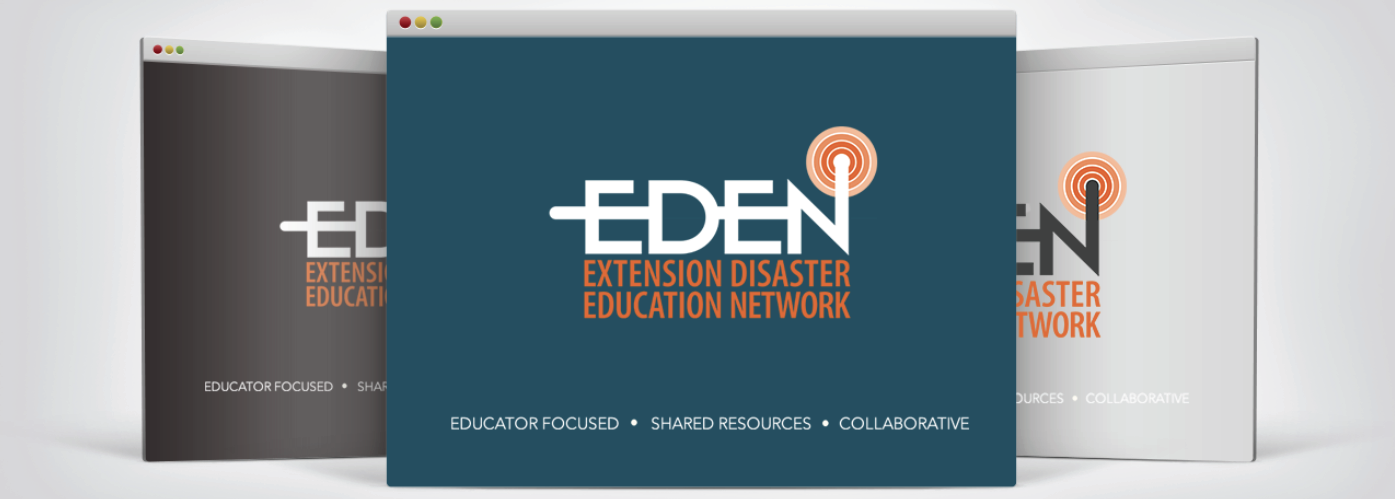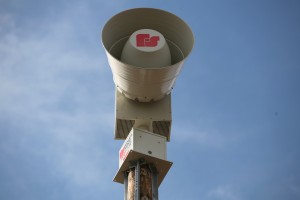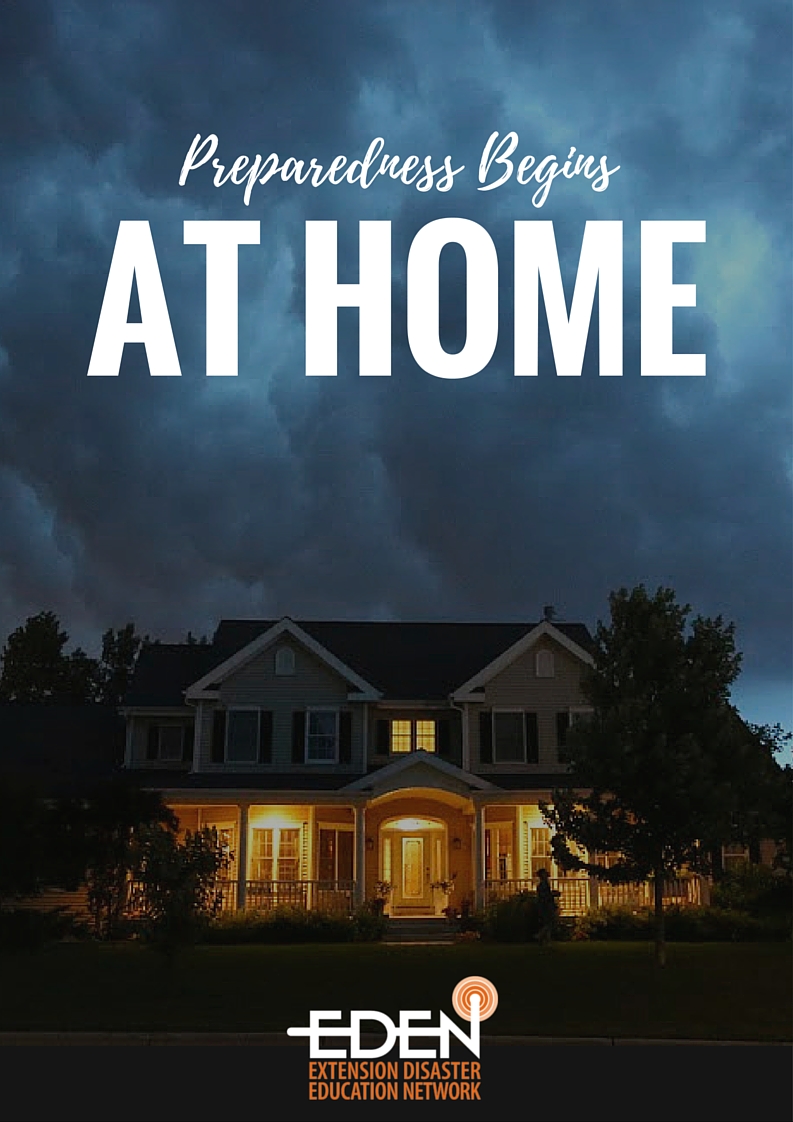 Post by Lynette Black, 4-H Youth Development Faculty, Oregon State University
Post by Lynette Black, 4-H Youth Development Faculty, Oregon State University
When it comes to the effects of disasters, children are a vulnerable population. Understanding the unique needs of children and including these needs in disaster planning will help them better cope with life following the disaster. Let’s take a look at this unique population.
They Rely on Adults
Children are physically and emotionally dependent on the caring adults in their lives. During disasters they will turn to the adult to keep them safe. If the adults are unprepared, the children are left vulnerable both physically and emotionally. This means child care providers, educators, afterschool providers, coaches and other caring adults need to be prepared with disaster plans that include knowledge of how to respond to disasters, comprehensive evacuation plans, and safe and efficient family reunification plans.
They are Not Small Adults
Children are more susceptible to the hazards caused by disasters due to their underdeveloped bodies and brains. Their skin is thinner, they take more breaths per minute, they are closer to the ground, the require more fluids per pound, and they need to eat more often; leaving the child more vulnerable to physical harm from the disaster. In addition, their brains are not fully developed leading to limited understanding of what they experienced and possible prolonged mental health issues. Since children take their cures from their caring adult, the adult’s reactions and responses can either add to or minimize the child’s stress level. Preparations for disasters need to include not only survival kits including first aid supplies for the physical body, but also teaching children (and their adults) stress reducing coping skills for positive mental health.
Their Routine Equals Comfort
Children need routine to help them make sense of their world. Keeping the child’s schedule as consistent as possible following a disaster is crucial to their sense of well-being. The reopening of school, afterschool and recreational programming as soon as possible adds stability the child’s life. Helping families return to a routine known to the child (snack time, bed time, story time) is of utmost importance and helps the child find a new norm post-disaster.
They are At Risk
At particular risk for prolonged mental health and substance abuse issues is the adolescent population. Their brains are in a developmental stage where, in simple terms, the executive function is underdeveloped leaving the emotional part of the brain in charge. This causes this age group to “act without thinking” and feel emotions more intensely than other ages. Disasters increase the typical teen emotions and behaviors leading to greater risk taking, impulsivity and recklessness. They also suffer from increased anxiety and depression and can develop cognitive/concentration difficulties. The caring adults in an adolescent’s life can help recovery by being available to them; listen without judgment, stay calm, serve as a good role model, encourage involvement in community recovery work and resumption of regular social and recreational activities. Understand that with adolescents the effects of the disaster may last longer and may even reappear later in life.
Disasters and traumatic events touch all of us, but can have a particularly traumatic effect on children. The good news is most children will recover, especially if the caring adults in their lives take the steps before, during and after the event to provide basic protective factors and to restore or preserve normalcy in their lives.
See Lynette’s webinar on this topic. If you are a childcare provider, you may also be interested in this online course on disaster preparedness for childcare providers.
 Are you making a presentation that represents the Extension Disaster Education Network? We have the template for you. The new EDEN PowerPoint templates are being used in new and updated EDEN educational programs, EDEN 101 orientation for new delegates, EDEN webinar slides and in other ways.
Are you making a presentation that represents the Extension Disaster Education Network? We have the template for you. The new EDEN PowerPoint templates are being used in new and updated EDEN educational programs, EDEN 101 orientation for new delegates, EDEN webinar slides and in other ways. The EDEN Marketing committee was charged with developing a one-page flier for EDEN to be used as a marketing piece with internal and external audiences. The idea was to have a grab and go piece that would express what EDEN is, the goals of EDEN, how to access EDEN resources, and a snapshot of our collaborating organizations. Treye Rice from Texas A&M developed a total of six. They all have the same information about the EDEN organization, but include different photos depicting various disasters. They are designed to be personalized by users to reflect state needs. Please email us if you are interested in personalizing one of these pages for your state or university.
The EDEN Marketing committee was charged with developing a one-page flier for EDEN to be used as a marketing piece with internal and external audiences. The idea was to have a grab and go piece that would express what EDEN is, the goals of EDEN, how to access EDEN resources, and a snapshot of our collaborating organizations. Treye Rice from Texas A&M developed a total of six. They all have the same information about the EDEN organization, but include different photos depicting various disasters. They are designed to be personalized by users to reflect state needs. Please email us if you are interested in personalizing one of these pages for your state or university.







